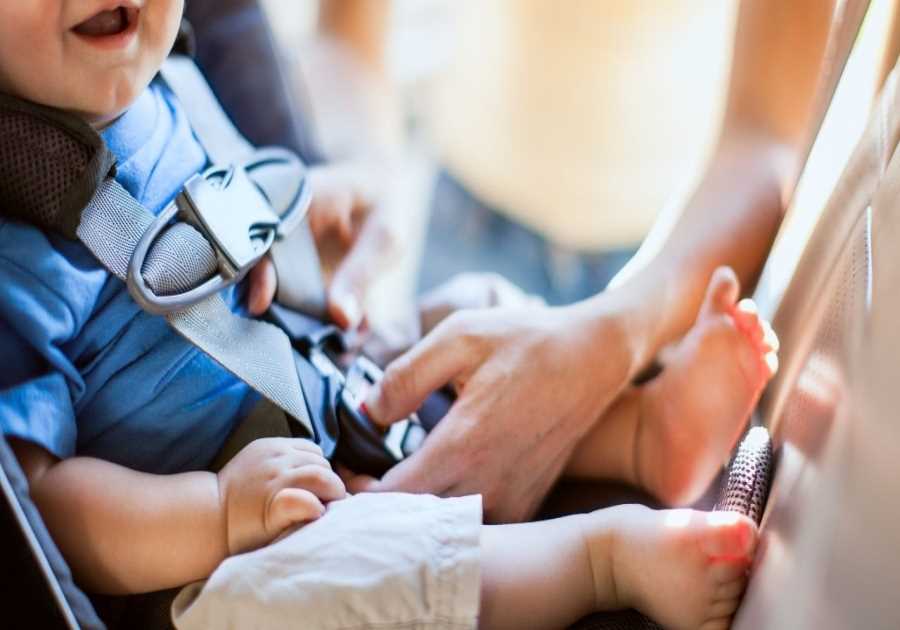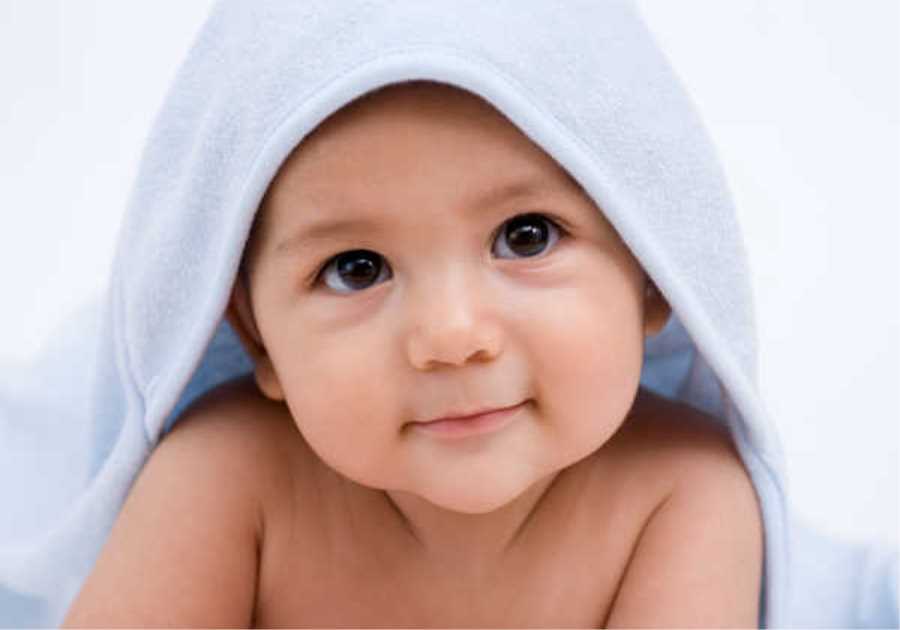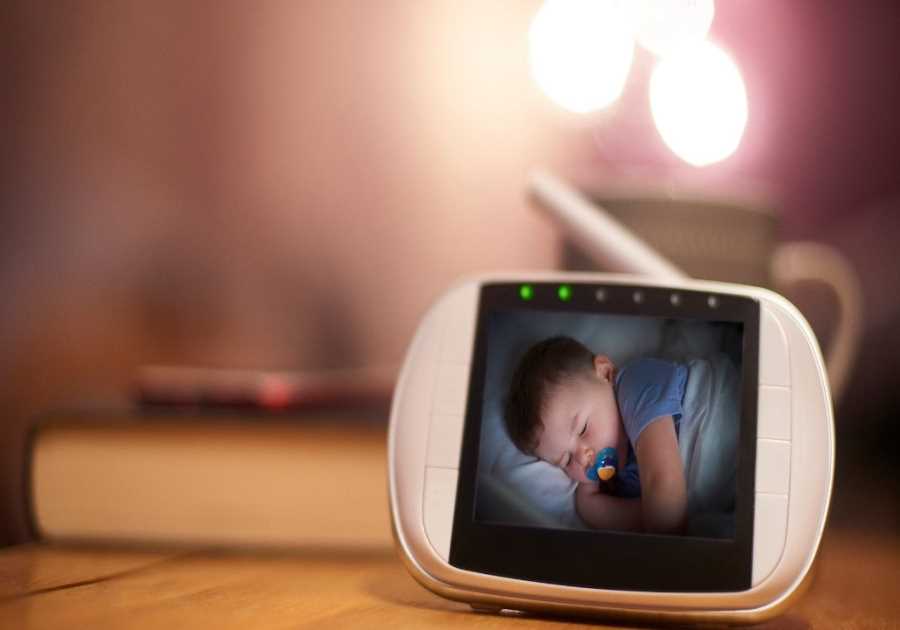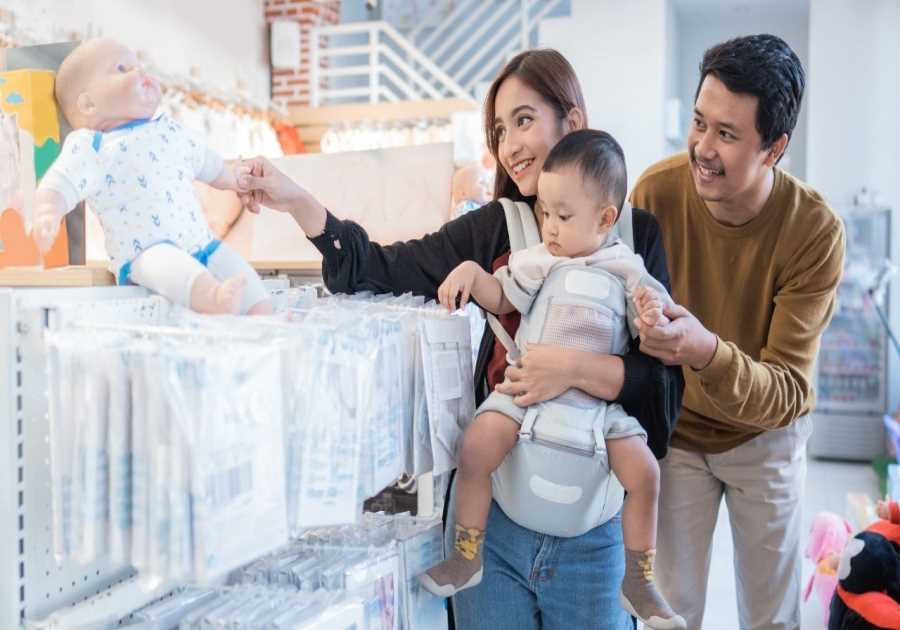As a new parent, ensuring the safety and well-being of your baby is your top priority. One of the most important aspects of this is promoting safe sleep practices. Not only will this help prevent Sudden Infant Death Syndrome (SIDS), but it will also provide your little one with a peaceful and restful night's sleep.
Dream Safe Sleep Sound: Promoting Safe Sleep Practices for Your Baby is here to guide you through the dos and don'ts of creating a safe sleeping environment for your little one. From avoiding dangerous sleep habits to following the ABCs of safe sleep, we've got you covered. With our expert advice and compassionate approach, you can rest easy knowing that you're doing everything in your power to ensure that your baby sleeps soundly and safely.
Create a Safe Sleeping Environment
To ensure your little one gets the best possible rest, it's crucial to establish a sleep environment that prioritizes safety above all else. When choosing the right crib, make sure it meets the current safety standards and has slats no wider than 2 3/8 inches apart. Avoid using bumpers, pillows, or plush toys in your baby's sleeping area as they can pose suffocation hazards. Instead, opt for a firm mattress with fitted sheets and dress your baby in a onesie or sleep sack to keep them warm.
Swaddling is another technique you may consider to help soothe your infant to sleep. However, be sure to do so safely by ensuring their arms are free and their hips can move freely. Once your baby shows signs of rolling over on their own, stop swaddling immediately as this could increase the risk of Sudden Infant Death Syndrome (SIDS). By creating a safe sleeping environment for your little one early on, you're setting them up for years of healthy sleep habits ahead. Now let's explore how you can avoid dangerous sleep habits altogether.
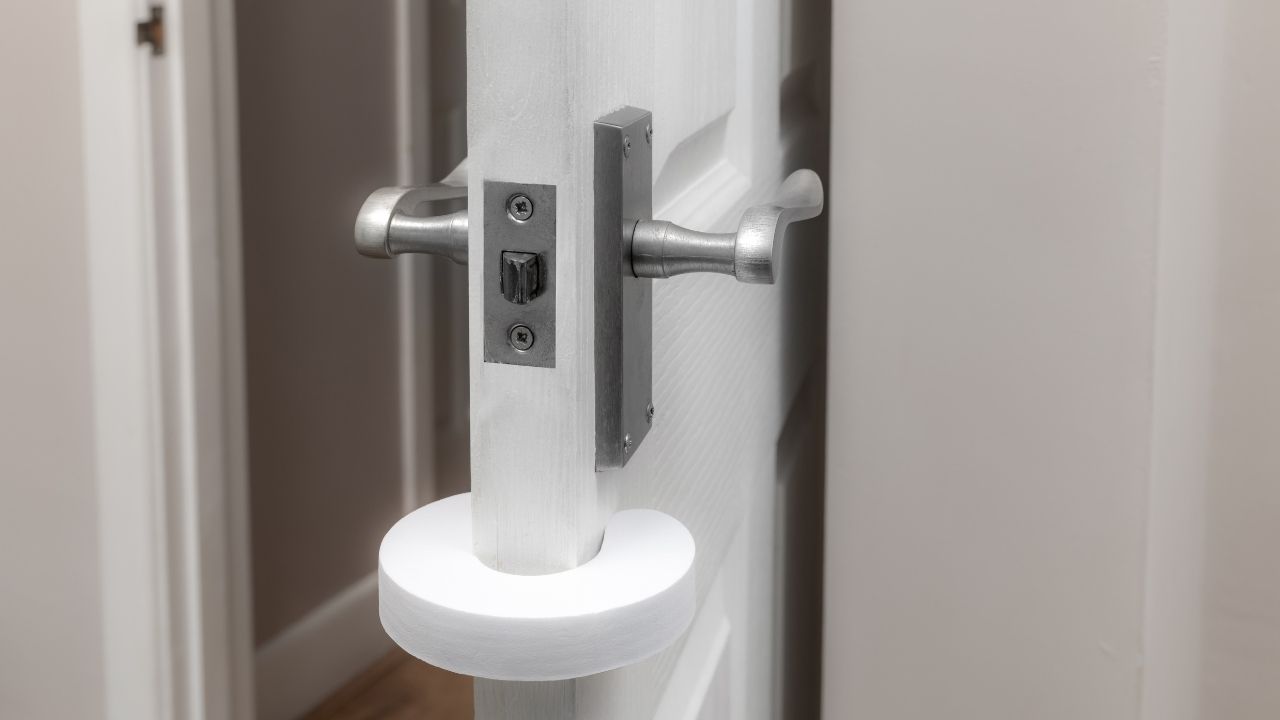
Avoid Dangerous Sleep Habits
Avoiding dangerous sleep habits is crucial for ensuring the safety of your baby. When it comes to co-sleeping, it's important to remember that babies should always sleep on their own, safe surface. Additionally, overheating can be a serious risk factor, so make sure to dress your baby in appropriate clothing and keep the room at a comfortable temperature. Finally, loose bedding and soft objects can pose a suffocation hazard, so ensure that your baby's sleeping area is free of such items.
Avoid Co-Sleeping
Sharing a bed with your little one may seem like a great way to bond, but it can put them at risk of suffocation and SIDS. Bed sharing is especially dangerous if you are under the influence of drugs or alcohol, if you smoke, or if your baby was born prematurely or has a low birth weight. Other risks include accidental smothering from pillows and blankets or getting trapped between the mattress and wall.
If you are currently co-sleeping with your baby, there are tips for transitioning to safe sleep practices. Start by moving their crib into your bedroom for the first six months of life. This will allow you to monitor them while they sleep without increasing the risk of suffocation. Avoid using loose bedding and soft objects in their sleeping area, such as stuffed animals and pillows. Additionally, lay them on their back when putting them down to sleep to further reduce the risks associated with bed sharing.
Avoid Overheating
It's important to be mindful of how warm your baby is while they're sleeping, as overheating can put them at risk of harm. Here are some tips for regulating temperature and choosing appropriate sleepwear:
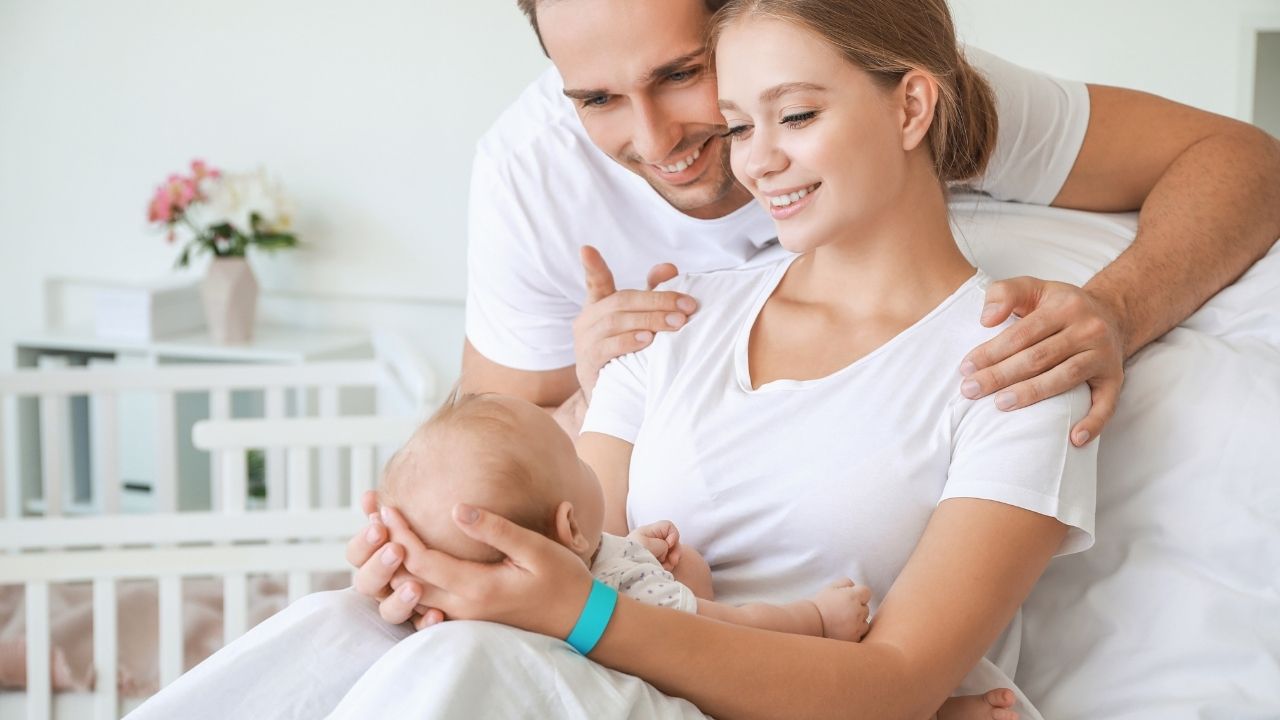
- Dress your baby in light, breathable clothing made from natural fibers like cotton or bamboo. Avoid synthetic fabrics that can trap heat.
- Keep the room temperature between 68 and 72 degrees Fahrenheit. Use a thermometer to ensure it stays within this range.
- Use a lightweight, breathable blanket if necessary. A good rule of thumb is to dress your baby in one more layer than you would wear yourself.
Remember, babies cannot regulate their body temperature as well as adults can, so it's important to keep them comfortable but not too warm. Overheating can increase the risk of SIDS (Sudden Infant Death Syndrome) and other complications.
Now that you know how to keep your baby at a comfortable temperature while they sleep, let's talk about another important aspect of safe sleep: avoiding loose bedding and soft objects.
Avoid Loose Bedding and Soft Objects
Make sure to keep any loose bedding or soft objects out of your baby's sleeping area, as they can pose a potential suffocation hazard despite popular beliefs that they may make the sleep more comfortable. It is important to note that safe crib alternatives are available, such as wearable blankets and swaddling techniques, which provide warmth without the risk of suffocation. Additionally, avoid placing anything in the crib with your baby, including toys and pillows.
It is recommended by experts to follow the ABCs of safe sleep: A for alone (without any other people or pets), B for back (on their back for every sleep time), and C for crib (in a safety-approved crib without any extra items). Following these steps will help ensure your baby's safety while sleeping. Remember, providing a safe sleep environment for your little one is crucial in promoting healthy growth and development.

Follow the ABCs of Safe Sleep
To ensure your baby's safety while sleeping, remember to follow the ABCs of Safe Sleep. This interactive education tool emphasizes three essential steps for your little one's secure sleep: Alone, on their Back, and in a Crib. The first step is to put your baby alone in their crib with no loose bedding or toys. It is important not to share a bed with them since they may suffocate from soft objects or be accidentally rolled over by you.
The second step is to place your baby on their back for every nap and bedtime until they turn one year old. Babies who sleep on their stomach are at risk of Sudden Infant Death Syndrome (SIDS). By following this simple tip, you can reduce the chances of such an unfortunate event happening to your child. Finally, it is crucial that you use a safe crib for your infant's sleep environment. Ensure that it meets all the safety standards set by regulatory bodies like Consumer Product Safety Commission (CPSC) or Juvenile Products Manufacturers Association (JPMA). Through effective communication and mindfulness of these ABCs, you can keep your baby safe and sound during sleep time.
As important as following the ABCs of Safe Sleep is, it is also vital that you monitor your baby during sleep constantly. In the next section, we will discuss how best to keep watch over them while they slumber peacefully in their crib.
Monitor Your Baby During Sleep
While your little one is catching some Zs, it's essential that you keep an eye on them to ensure they're resting like a log. This step is crucial in SIDS prevention as it allows you to monitor your baby's breathing and movements throughout the night. Thanks to advances in baby monitor technology, parents can now easily observe their babies without disturbing their sleep.

Here are three ways to effectively monitor your baby during sleep:
- Invest in a quality video baby monitor that provides clear images of your baby while they sleep.
- Place your baby's crib or bassinet within arm's reach for quick monitoring when needed.
- Familiarize yourself with the sounds of normal breathing and movements so you can identify any potential issues and respond accordingly.
By keeping a watchful eye on your little one, you can rest assured that they're sleeping soundly and safely through the night. Up next, we'll discuss another important aspect of safe sleep practices: breastfeeding your baby.
Breastfeed Your Baby
Breastfeeding is a crucial aspect of your little one's health and development, and it can also play a significant role in their overall well-being. Breast milk is the ideal food for your baby as it contains all the necessary nutrients that they need to grow healthy and strong. It also contains antibodies that help boost their immune system, protecting them from infections and illnesses. Furthermore, breastfeeding promotes bonding between you and your baby, which is essential for their emotional well-being.
As much as breastfeeding has numerous benefits, it may come with challenges such as nipple soreness or difficulty latching. However, with proper guidance from a lactation consultant or healthcare provider, you can overcome these challenges. They can provide solutions such as using nipple shields or different breastfeeding positions to help make the experience more comfortable for both you and your little one. Remember that seeking professional help is never a sign of weakness but rather a sign of strength in taking care of yourself and your baby's well-being.

With that said, seeking help and support should be an essential step in promoting safe sleep practices for your baby.
Seek Help and Support
Don't hesitate to reach out for help and support in ensuring your little one's well-being. Parenting can be a challenging journey, and it's perfectly normal to feel overwhelmed at times. There are many online resources available that provide valuable information on safe sleep practices and other important aspects of infant care. From government websites to parenting blogs, these resources offer evidence-based advice that you can trust. They can give you tips on how to create a safe sleeping environment for your baby and help you understand the importance of back sleeping. Additionally, there are community groups that offer support and guidance on various parenting issues, including safe sleep practices.
It's essential to seek help when you need it because taking care of a newborn requires a lot of energy and patience. You may experience sleep deprivation or feel nervous about certain aspects of infant care, such as feeding or diaper changing. Don't worry; these feelings are entirely normal, and many parents go through them too. By seeking help from others who have been through similar experiences or professionals who specialize in infant care, you can gain more confidence in your abilities as a parent. Remember that taking good care of yourself is also crucial during this time so don't forget to prioritize self-care amidst all the hustle and bustle of parenthood!
Frequently Asked Questions
At what age can a baby start sleeping on their stomach?
As a parent, you want to ensure that your baby is getting the best possible sleep. When it comes to sleeping positions, it's important to remember the risks associated with Sudden Infant Death Syndrome (SIDS). While it may be tempting to let your little one sleep on their stomach, experts recommend waiting until they are at least six months old. This is because babies who sleep on their stomachs have a higher risk of SIDS than those who sleep on their backs. By following safe sleep practices and keeping your baby on their back for the first six months, you can help reduce the risk of SIDS and promote healthy sleeping habits for your little one.
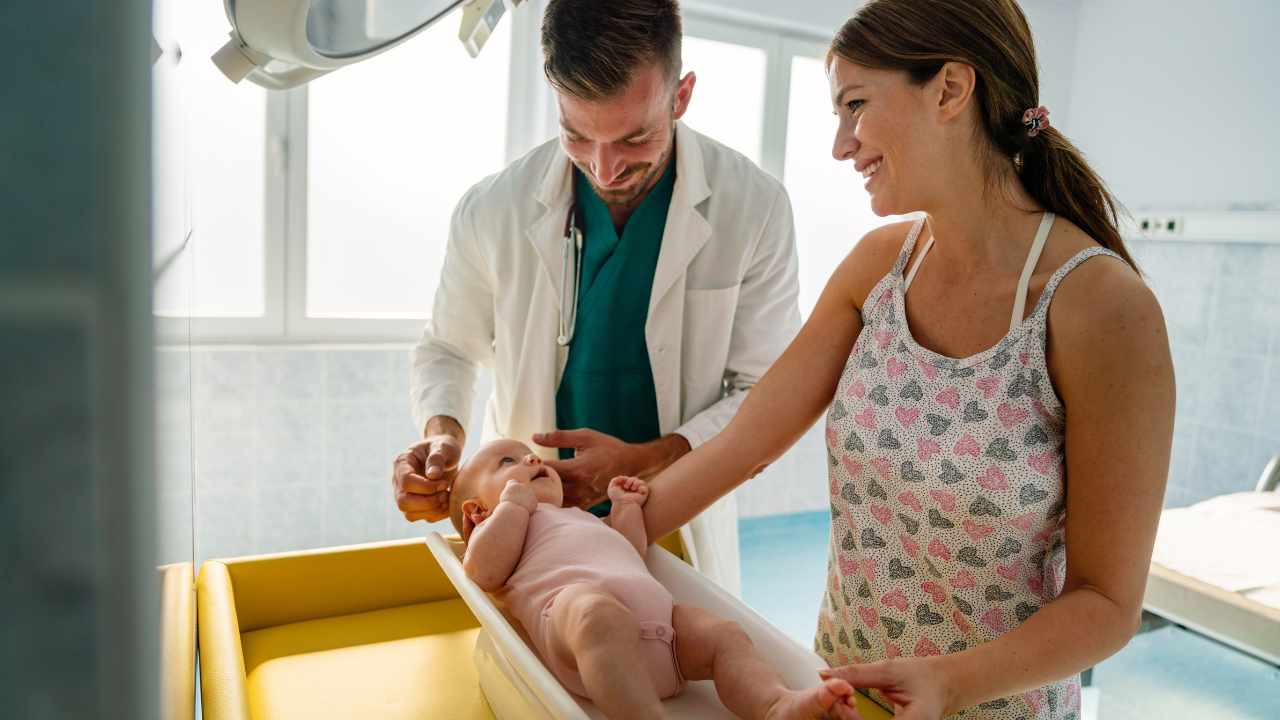
What is the recommended room temperature for a baby's sleeping environment?
To ensure your baby gets a safe and comfortable sleep, it's essential to maintain an ideal room temperature. The recommended temperature for your baby's sleeping environment is between 68 to 72 degrees Fahrenheit. This range provides the perfect balance of warmth and coolness that helps regulate your little one's body temperature. Additionally, choosing the right bedding and clothing choices can also make a significant difference in their comfort level during sleep time. Avoid using thick blankets or pillows, as these can increase the risk of suffocation or Sudden Infant Death Syndrome (SIDS). Opt for lightweight materials that keep them cozy without overheating. Remember that providing your baby with a conducive sleeping environment is crucial for their growth and development, so take the necessary steps to create a safe haven for them every night.
Are bumper pads safe to use in a baby's crib?
Bumper pads are like a warm blanket on a chilly night, providing comfort and coziness. However, when it comes to your baby's safety during sleep, it's important to weigh the pros and cons of using bumper pads in their crib. While they may prevent your little one from getting limbs caught in the slats or hitting their head on the hard surface, research has shown that they can increase the risk of suffocation and Sudden Infant Death Syndrome (SIDS). As an alternative, consider using mesh crib liners or tightly-fitted sheets to keep your baby safe and comfortable while sleeping. Your desire to serve and protect your child is admirable, so make sure you're making informed decisions about their safety by consulting with healthcare professionals and following safe sleep guidelines.
Can a baby sleep in a swing or bouncy seat for extended periods of time?
When it comes to your baby's sleep, safety is always the top priority. While swings and bouncy seats can be a lifesaver for parents trying to soothe a fussy baby, it's important to use them properly and with caution. Swing safety should always be a concern, as babies can slide down and potentially suffocate if not restrained correctly. Additionally, prolonged use of bouncers can lead to flattened head syndrome or delays in motor development. It's best to limit your baby's time in these devices and never leave them unattended. Remember, while swings and bouncy seats can provide temporary relief for both you and your little one, they're not meant to serve as long-term sleep solutions.
How often should a baby be checked on during a nap or overnight sleep?
As a caring parent, you want to ensure that your baby is safe and sound at all times, even during sleep. It's important to implement safe sleep routines that prioritize the well-being of your little one. One crucial aspect of this routine includes frequency of checks during nap or overnight sleep. While it may be tempting to constantly check on your baby, doing so can disrupt their sleep patterns and cause unnecessary stress for both you and your child. Instead, aim for regular but spaced out check-ins throughout the night to give yourself peace of mind while allowing your baby to get the rest they need. By following these guidelines and implementing safe sleep practices, you can rest assured that your little one is sleeping soundly and safely.

Conclusion
Well done! You've made it to the end of the article. Now that you know how to keep your baby safe during sleep, go ahead and pat yourself on the back. But don't get too comfortable just yet - you still have a lot of work to do.
Remember, promoting safe sleep practices for your baby is not just about following a checklist; it's about creating a loving and nurturing environment for your little one. So go forth, armed with knowledge and compassion, and dream safe sleep sound! Who knows? Maybe one day you'll even be able to catch some Z's yourself.
.png)
